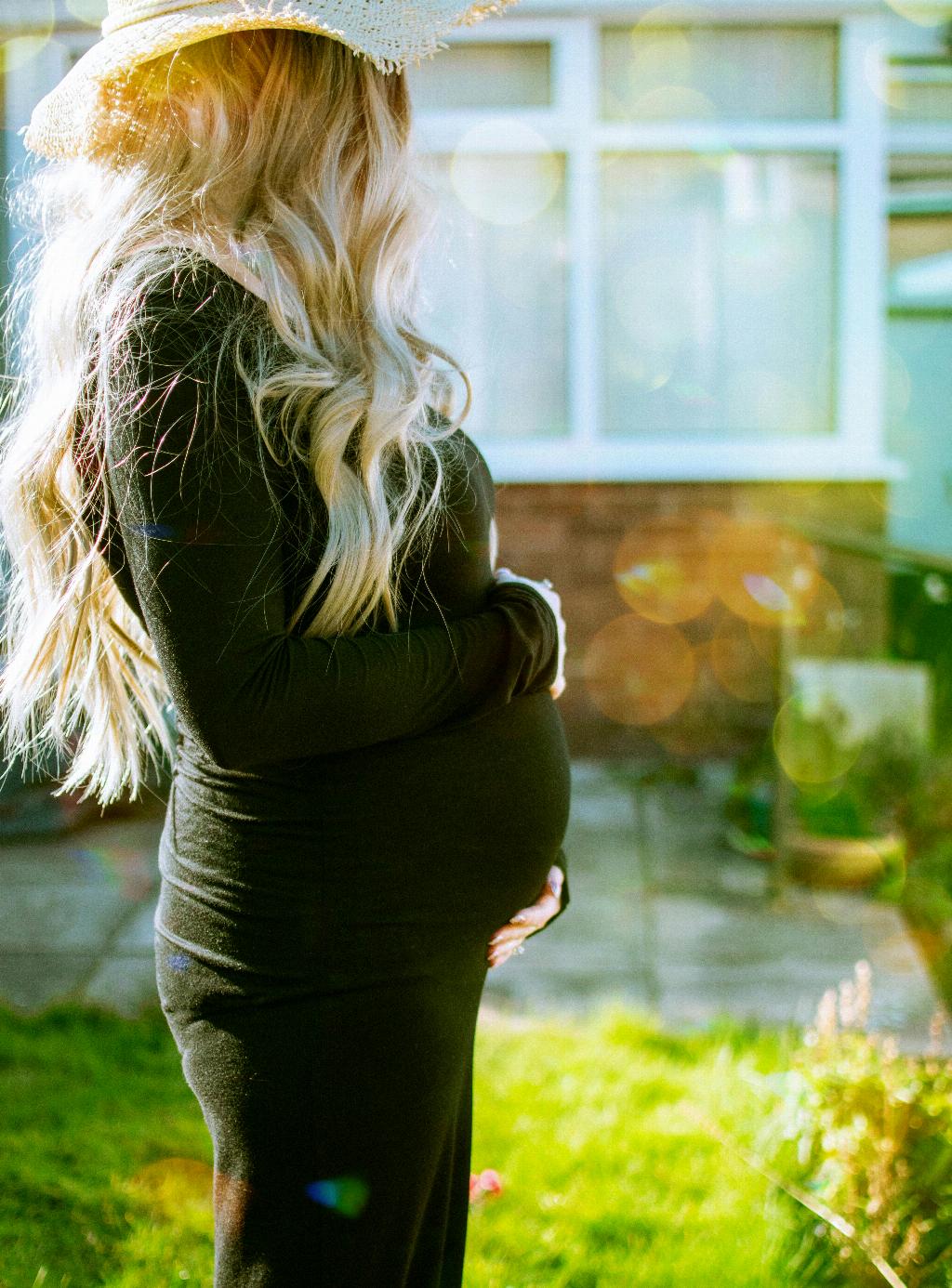When it comes to avoiding pregnancy through withdrawal, timing is absolutely crucial. In order for pulling out before ejaculation to be an effective method of contraception, it needs to be done consistently and correctly every time without any exceptions.
The key to successfully using the withdrawal method is to pull out before ejaculating. By withdrawing the penis from the vagina before ejaculation occurs, you can significantly reduce the risk of pregnancy. It is important to note that a small amount of semen can contain enough sperm to fertilize an egg, so even a little leakage can pose a risk.
One of the most crucial aspects of properly executing the withdrawal method is communication between partners. Openly discussing and agreeing on when and how to pull out can help ensure that both individuals are on the same page and following the method correctly.
Timing plays a significant role in the effectiveness of the withdrawal method. It is important to be aware of your own body and sensations to accurately predict when ejaculation is imminent. By withdrawing well before this point, you can mitigate the risk of accidental pregnancy.
Practicing self-control and being aware of your body’s responses can enhance the reliability of the withdrawal method. Paying close attention to your arousal levels and communicating with your partner can help you time the withdrawal correctly to avoid pregnancy.
It is essential to remember that withdrawal alone is not a foolproof method of contraception. While it can be effective when done correctly and consistently, there is always a risk of pregnancy with this method. To reduce this risk, it may be beneficial to use additional forms of contraception in conjunction with withdrawal.
Educating yourself and your partner about the ins and outs of the withdrawal method can help you both feel more confident in its effectiveness. Understanding the risks and benefits of this contraceptive method can empower you to make informed decisions about your reproductive health.
Consistency is key when it comes to using the withdrawal method to avoid pregnancy. By ensuring that you pull out before ejaculation each and every time you have intercourse, you can increase the efficacy of this method and reduce the chances of an unintended pregnancy.
While the withdrawal method can be a convenient form of contraception, it is important to be vigilant and attentive during each sexual encounter. By being mindful of when to pull out and communicating openly with your partner, you can minimize the risk of pregnancy.
Being proactive and taking responsibility for your reproductive health is crucial when using the withdrawal method. By staying informed, communicating effectively, and consistently following the method, you can increase its effectiveness and decrease the likelihood of an unplanned pregnancy.
Ultimately, the decision of when to pull out to avoid pregnancy is a personal one that should be made after careful consideration and discussion with your partner. By prioritizing open communication, mutual understanding, and consistent practice, you can harness the potential of the withdrawal method as a reliable form of contraception.
In conclusion, pulling out before ejaculation is essential to avoiding pregnancy when using the withdrawal method. By understanding and adhering to the principles of this technique, communicating effectively with your partner, and practicing consistency, you can optimize the effectiveness of withdrawal as a form of contraception.

